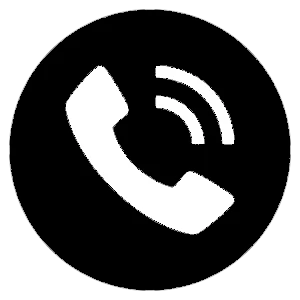Strategy : A Needed Investment
Strategy: A Needed Investment Strategy Transformation “You’re going to see an expense hit my PCL…don’t freak out.” If you’ve ever listed to Dave Ramsey, you know he’s not one to throw money at initiatives without a clear return on investment. As a personal finance expert, bestselling author, and founder of Ramsey Solutions, Dave built his empire on discipline, financial responsibility, and high-performance leadership. When one of his top executives nonchalantly mentioned, “You’re going to see an expense hit my PCL…don’t freak out,” Dave’s skeptical response was, “You hired a guy to run a meeting?” But something remarkable happened over the following six months: productivity and revenue soared. This experience is a vivid reminder that a well-run strategy session isn’t an expense—it’s a catalyst for exponential growth. However, strategic planning meetings are often ineffective. Many teams struggle to make strategic offsites productive — leaders arrive unprepared, discussions lack structure, and sessions turn into status updates rather than meaningful planning exercises. Our approach ensures offsites are highly focused, actionable, and aligned with Schwab’s overarching strategy. Our Approach: Structured Strategy That Drives Results We use a simple yet powerful process to transform routine meetings into actionable growth engines: Pre-Offsite Discovery: We begin by aligning on the most pressing strategic By gathering data and conducting research ahead of time, we ensure that every minute of the session is focused on generating actionable insights. Team Insights: Team members are encouraged to share their perspectives in This preparatory work ensures that the session tackles genuine challenges and opportunities, turning a routine meeting into a meaningful dialogue. Offsite Facilitation: With an expert facilitator at the helm, the session is transformed into a highly structured Instead of just reviewing status updates, the team addresses well-defined strategic questions, emerging with clear goals and next steps. Plan Development: Together, we create a one-year roadmap with quarterly objectives and accountability measures. While long-term visions are important, focusing on tangible short-term wins ensures that the strategy is both actionable and impactful. Follow-Up s Execution Support: We know that the real work happens after the Regular follow-up sessions help refine the strategy, cascade the plan across the organization, and keep every team member aligned with the overall vision. Our Impact: A Small Business’s Journey to 15% YOY Growth Last October, we put this approach into practice with a business that needed to refocus its target audience, services, and sales approach. Initially viewed as just another expense, our strategy session redefined their direction. The results were nothing short of transformative: Refined Target Audience: The business gained clarity on who their ideal customers were, enabling them to tailor their marketing efforts more effectively. Enhanced Service Offerings: By rethinking their services, they were able to better meet market demands, creating new opportunities for Revamped Sales Approach: With a sharper focus and a well-articulated sales strategy, the team was empowered to execute with greater precision and confidence. The outcome? A remarkable ~15% year-over-year growth in revenue to date. This isn’t just a success story—it’s proof that investing in a well-structured strategy session can set the stage for sustained measurable growth. The Takeaway From Dave Ramsey’s initial skepticism to the real-world impact seen with our small business client, the lesson is clear: A well-run strategy session is far more than a cost on your PCL—it’s an investment in your organization’s future. When done right, it transforms conversations into a clear, actionable roadmap that drives exponential growth. Are you ready to turn your next meeting into a strategic growth engine? Let’s connect and explore how we can help your business achieve the same transformative results.






